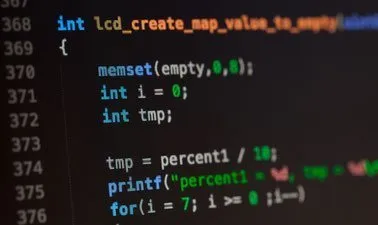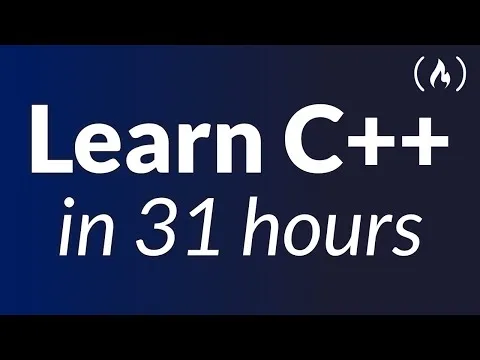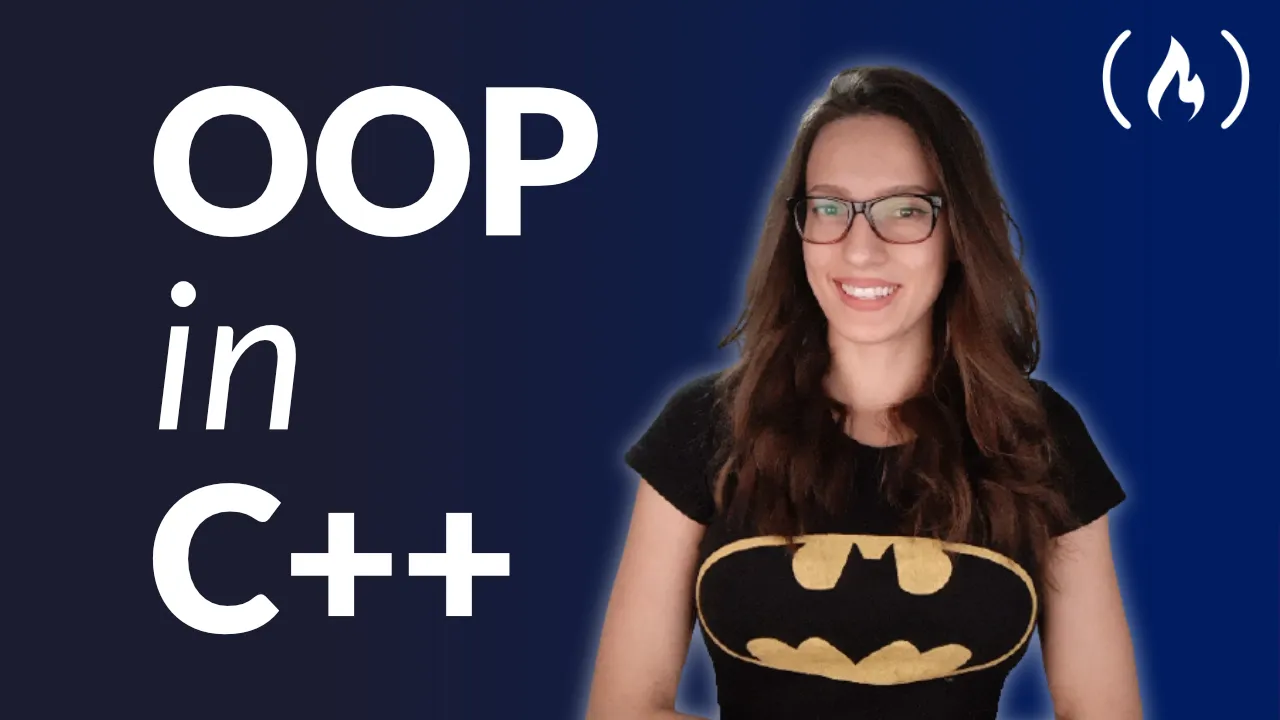
Advanced Programming in C++ 
This course is an advanced level offering in the Programming and Data Structures MicroBachelors program. It is the second course in the intermediate undergraduate-level series and will be retired on 12/31/2022 at 00:00 UTC. Students will gain a comprehensive understanding of C++ programming and its applications. ▼
ADVERTISEMENT
Course Feature
![]() Cost:
Cost:
Free
![]() Provider:
Provider:
Edx
![]() Certificate:
Certificate:
Paid Certification
![]() Language:
Language:
English
![]() Start Date:
Start Date:
16th Oct, 2020
Course Overview
❗The content presented here is sourced directly from Edx platform. For comprehensive course details, including enrollment information, simply click on the 'Go to class' link on our website.
Updated in [March 06th, 2023]
Learners can learn from Advanced Programming in C++ in three to four areas:
1. C++ Programming: Learners will gain a deeper understanding of C++ programming, including the development of more advanced command-line programs that utilize functions, arrays, and strings to solve problems.
2. Hands-on Practice: Through twelve lab challenges, learners will gain hands-on practice writing C++ programs.
3. Computational Complexity: Learners will learn to analyze the computational complexity of their code, including the introduction of mathematical models of computation to study these problems and quantifying their computational complexity.
4. Problem Solving: Learners will gain an understanding of how to solve computational problems, including the mechanical application of mathematical steps, such as an algorithm.
[Applications]
Upon completion of this course, students should be able to apply their knowledge of C++ programming to develop more advanced command-line programs that utilize functions, arrays, and strings to solve problems. They should also be able to analyze the computational complexity of their code and understand the basics of computational complexity theory.
[Career Paths]
Recommended Career Paths:
1. Software Developer: Software developers create, test, and maintain software applications. They use programming languages such as C++ to develop software applications for businesses, government agencies, and other organizations. Software developers must be able to analyze user needs and develop software solutions. They must also be able to troubleshoot and debug software applications. The demand for software developers is expected to grow significantly in the coming years, as businesses and organizations continue to rely on software applications to improve their operations.
2. Data Scientist: Data scientists use programming languages such as C++ to analyze large datasets and uncover patterns and trends. They use their findings to develop insights and solutions that can help businesses and organizations make better decisions. Data scientists must be able to interpret data and develop algorithms to solve complex problems. They must also be able to communicate their findings to stakeholders. The demand for data scientists is expected to grow significantly in the coming years, as businesses and organizations continue to rely on data-driven insights to make decisions.
3. Artificial Intelligence Engineer: Artificial intelligence engineers use programming languages such as C++ to develop algorithms and software applications that can learn and adapt to changing environments. They must be able to analyze data and develop algorithms that can solve complex problems. They must also be able to troubleshoot and debug software applications. The demand for artificial intelligence engineers is expected to grow significantly in the coming years, as businesses and organizations continue to rely on AI-driven solutions to improve their operations.
4. Cybersecurity Engineer: Cybersecurity engineers use programming languages such as C++ to develop software applications that can protect networks and systems from cyber threats. They must be able to analyze data and develop algorithms that can detect and prevent cyber attacks. They must also be able to troubleshoot and debug software applications. The demand for cybersecurity engineers is expected to grow significantly in the coming years, as businesses and organizations continue to rely on cybersecurity solutions to protect their networks and systems.
[Education Paths]
1. Bachelor of Science in Computer Science: This degree path focuses on the fundamentals of computer science, including programming, algorithms, data structures, and software engineering. It also covers topics such as artificial intelligence, computer networks, and computer graphics. This degree path is ideal for those who want to pursue a career in software development, computer engineering, or computer science research. The demand for computer science professionals is growing, and this degree path is a great way to stay ahead of the curve.
2. Master of Science in Computer Science: This degree path is designed for those who want to specialize in a particular area of computer science. It covers topics such as machine learning, computer vision, natural language processing, and robotics. It also provides students with the opportunity to develop their research skills and gain a deeper understanding of the field. This degree path is ideal for those who want to pursue a career in academia or research.
3. Doctor of Philosophy in Computer Science: This degree path is designed for those who want to become experts in a particular area of computer science. It covers topics such as artificial intelligence, computer networks, and computer graphics. It also provides students with the opportunity to develop their research skills and gain a deeper understanding of the field. This degree path is ideal for those who want to pursue a career in academia or research.
4. Master of Business Administration in Information Technology: This degree path is designed for those who want to pursue a career in the business side of information technology. It covers topics such as project management, information systems, and business analytics. It also provides students with the opportunity to develop their business skills and gain a deeper understanding of the field. This degree path is ideal for those who want to pursue a career in IT management or consulting.
Course Provider

Provider Edx's Stats at AZClass
Discussion and Reviews
0.0 (Based on 0 reviews)
Explore Similar Online Courses

Drone: Mastering all its Components

Gospel Piano Lessons

Python for Informatics: Exploring Information

Social Network Analysis

Introduction to Systematic Review and Meta-Analysis

The Analytics Edge

DCO042 - Python For Informatics

Causal Diagrams: Draw Your Assumptions Before Your Conclusions

Whole genome sequencing of bacterial genomes - tools and applications

C++ Programming Course - Beginner to Advanced

C++ Tutorial for Beginners - Learn C++ in 1 Hour

Learn Object Oriented Programming (OOP) in C++ Full Video Course
 Related Categories
Related Categories
 Popular Providers
Popular Providers
Quiz
 Submitted Sucessfully
Submitted Sucessfully
1. What is computational complexity theory?
Correct Answer: It is a theory that focuses on classifying computational problems according to their inherent difficulty and relating these classes to each other.


Start your review of Advanced Programming in C++